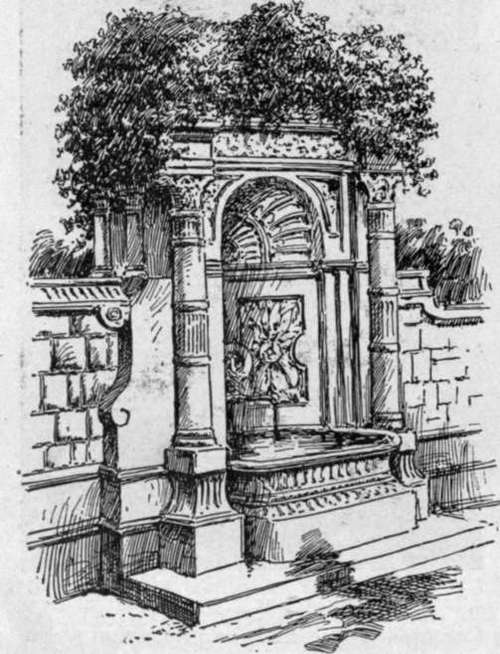Eastern Approach
Description
This section is from the book "The National Capitol. Its Architecture Art And History", by George C. Hazelton, Jr. Also available from Amazon: The National Capitol Its Architecture Art and History.
Eastern Approach
The parking in the midst of which the Capitol stands now consists of 58^ acres. In the old days, there was a fish pond in the center to the east, adorned with the naval monument, which was later removed to the west front. There were then so many primeval trees that it seemed like a forest. The landscape gardener, however, preferring his idea of beauty to Nature's, cut down the grand old monarchs to make room for shrubbery and insignificant trees. He might well have reflected upon Lafayette's counsel, wise in peace as in war: "Remember, my dear, how much easier it is to cut a tree down than to make one grow." One beautiful beech was preserved. It is said that Mr. Sumner interposed and saved it. The storms have not been so kind. The grandeur of the structure itself is fortunately in no way dwarfed by the presence of surrounding buildings. The eye is impressed with the full beauty of its masses and shadows, which, even more than detail, often display the genius of architectural creation. While almost purely Greek in design, it has an American individuality that distinguishes it from every other building on the globe. American history and spirit cling to each Roman arch—to each Grecian column, entablature and pediment. From the eastern approach the Capitol seems fancifully like a compact in marble representing the unity of the States. The building is in three parts—the north wing, the south wing and the central structure surmounted by the dome—emblematic to patriotic eyes of the three divisions of the federal government, the legislative, executive and judicial.

Continue to:
